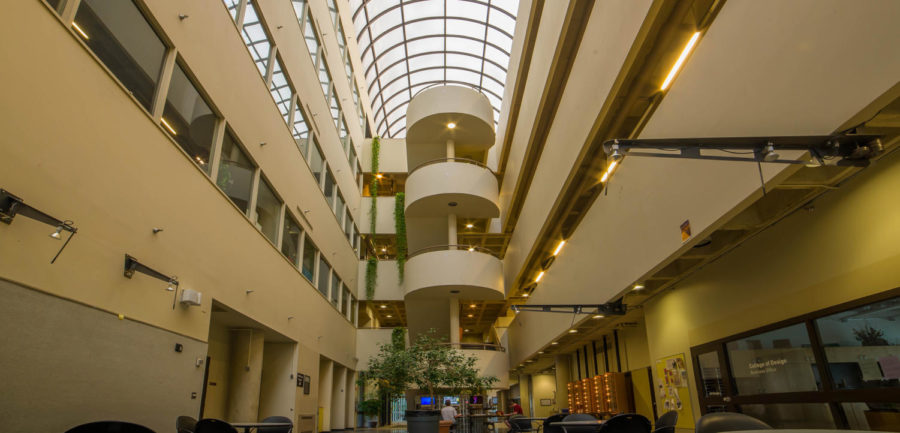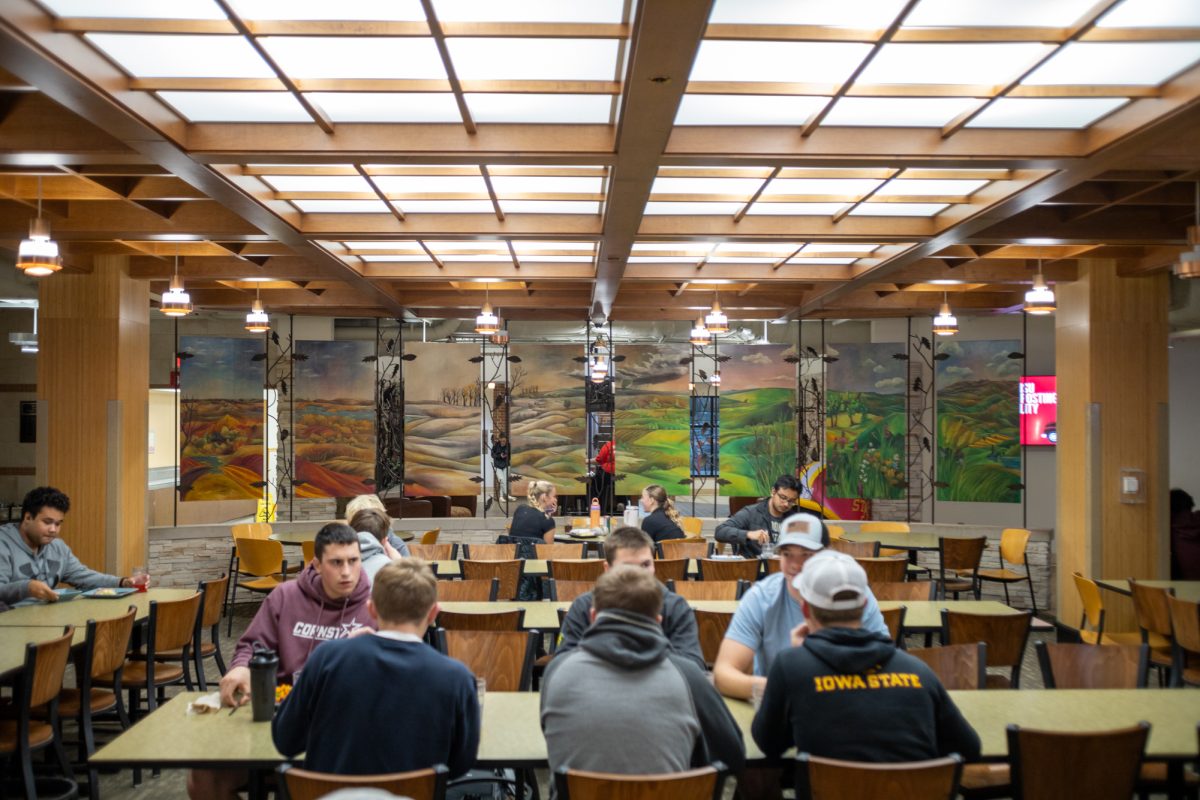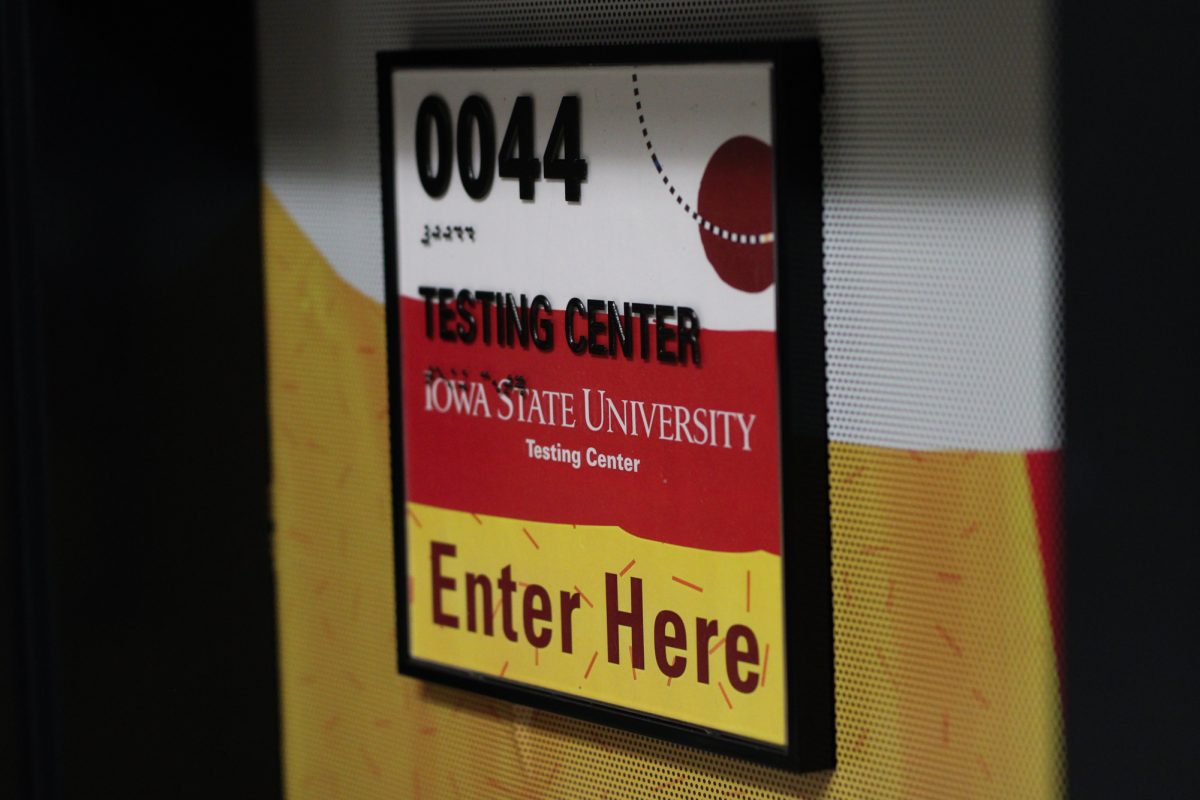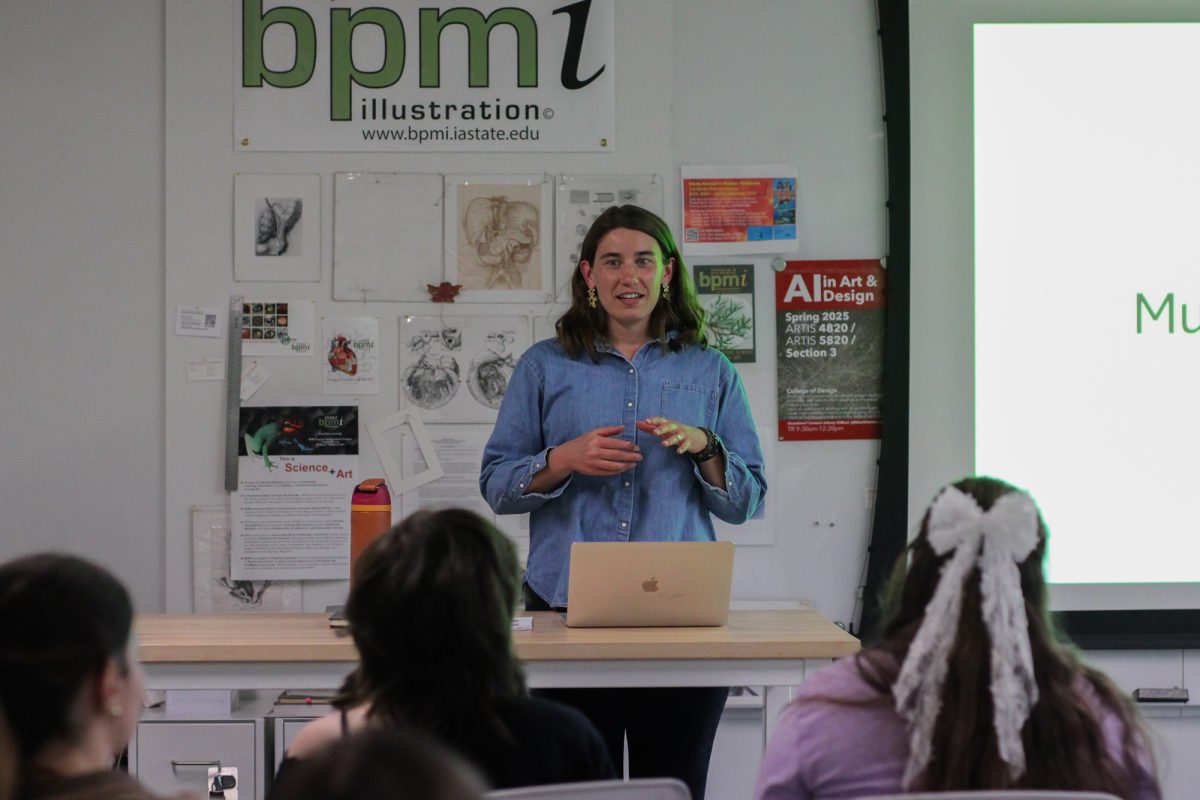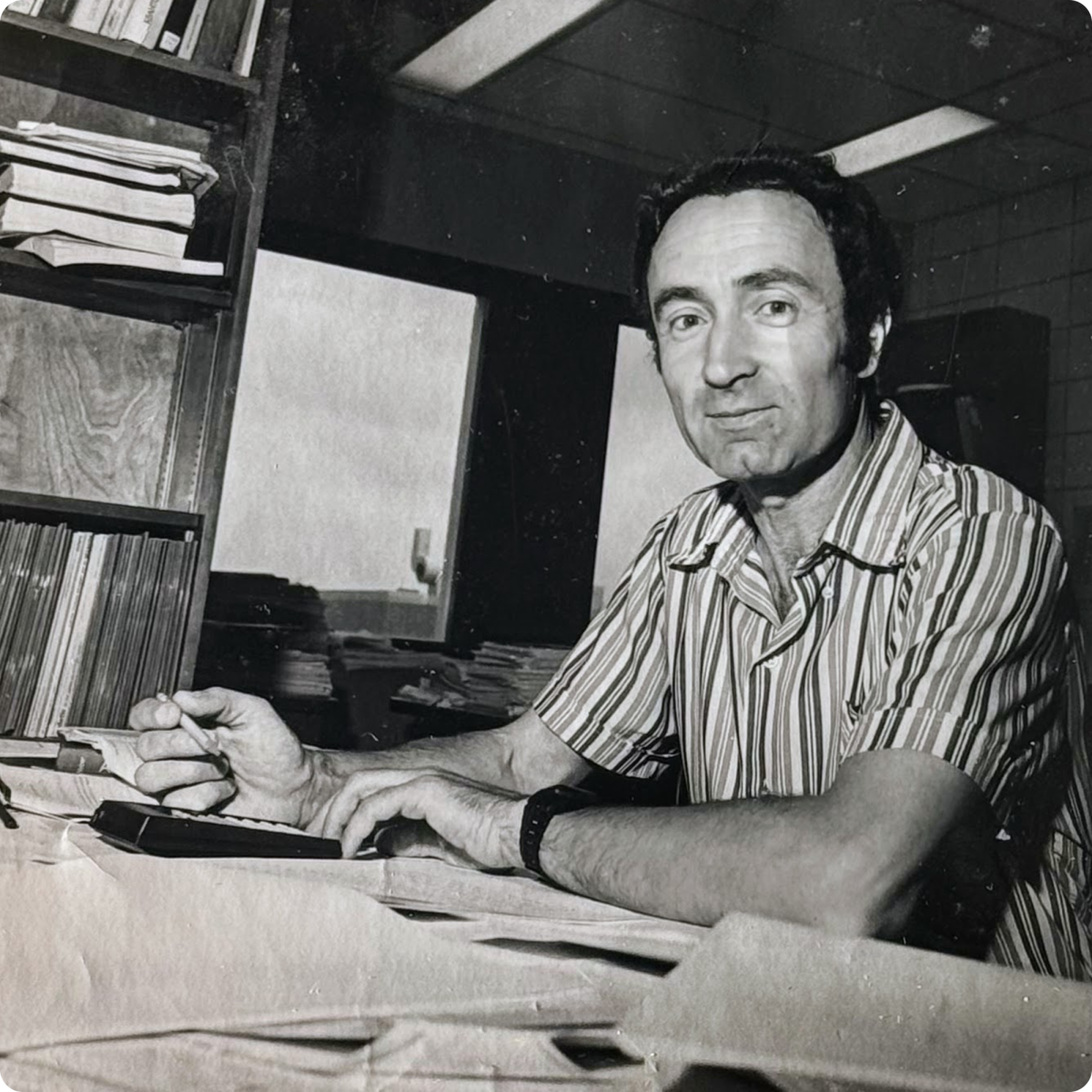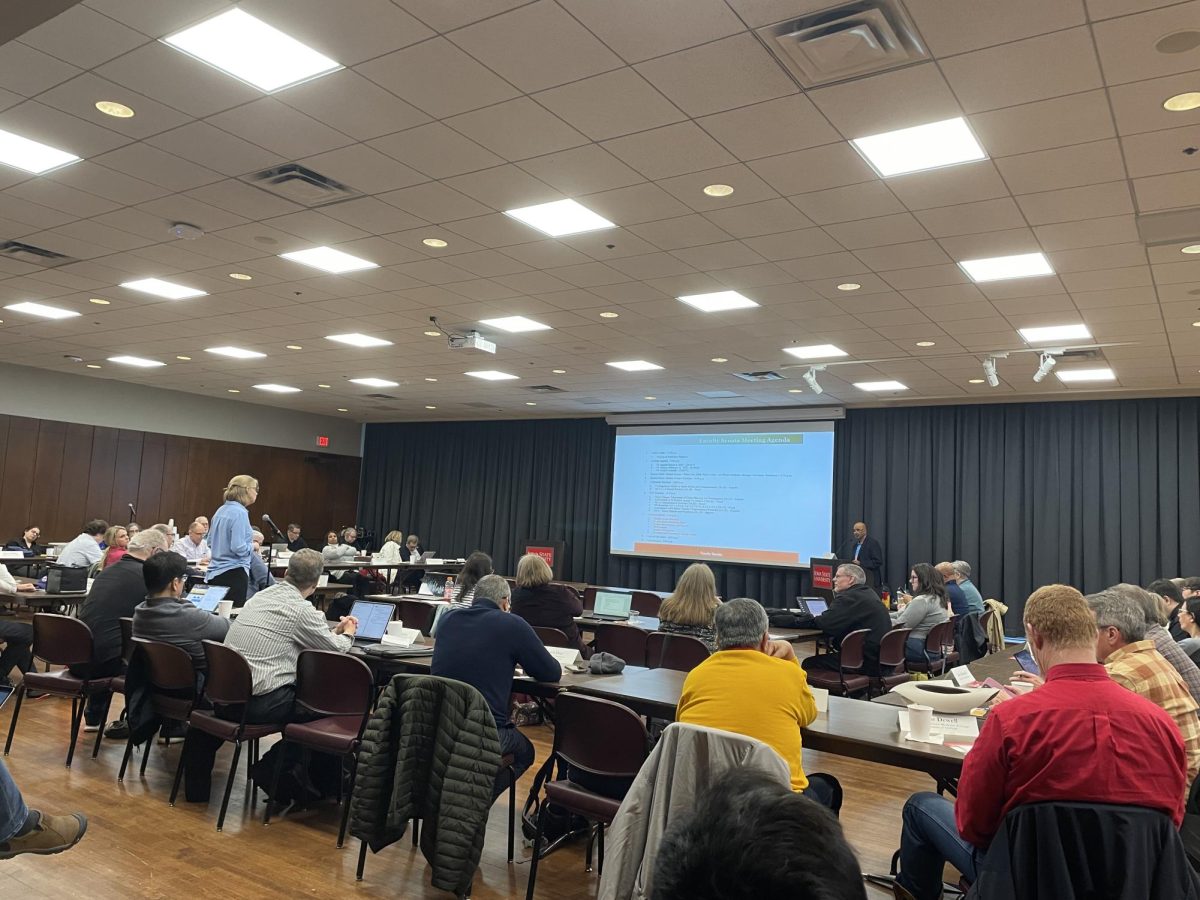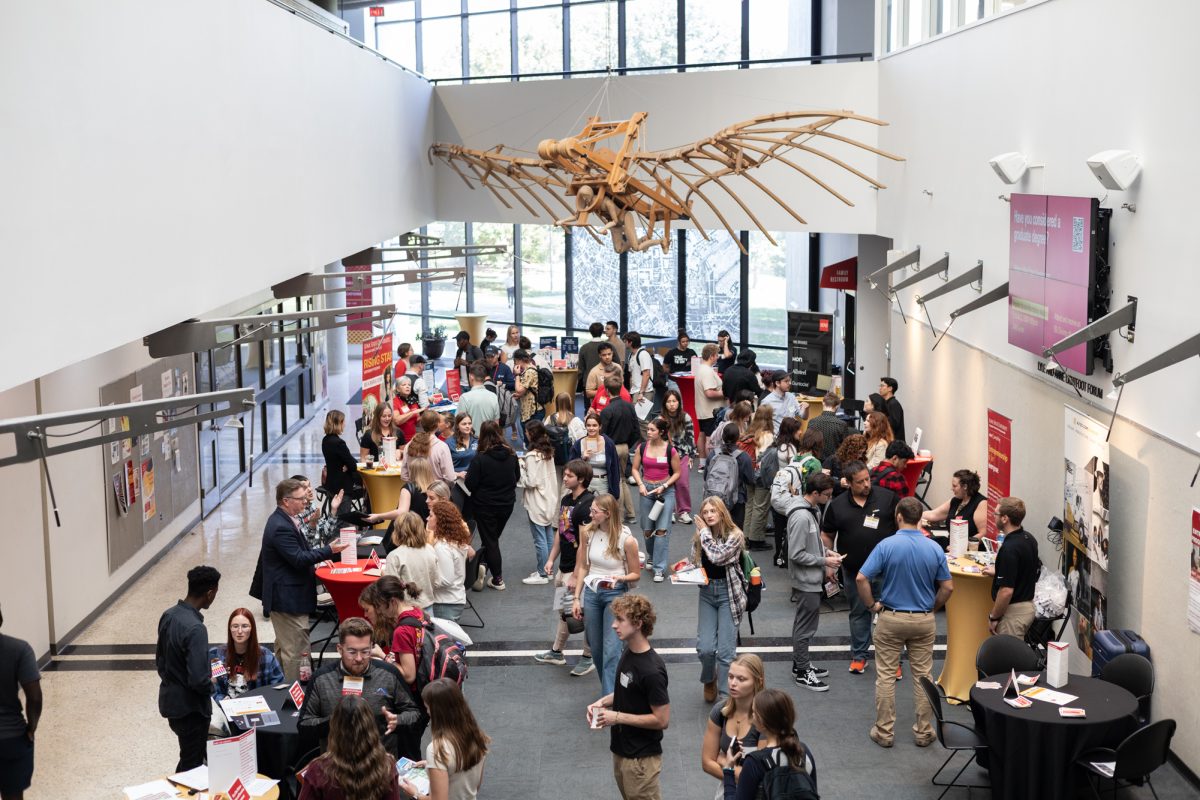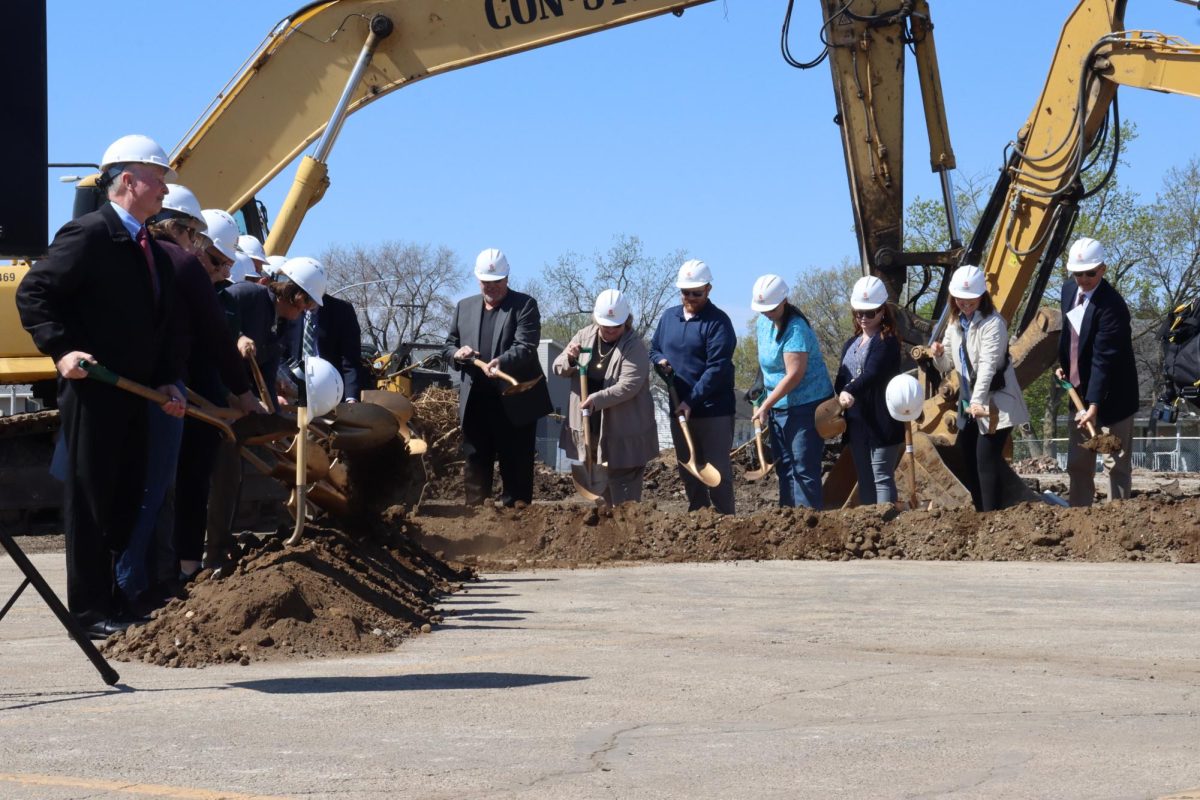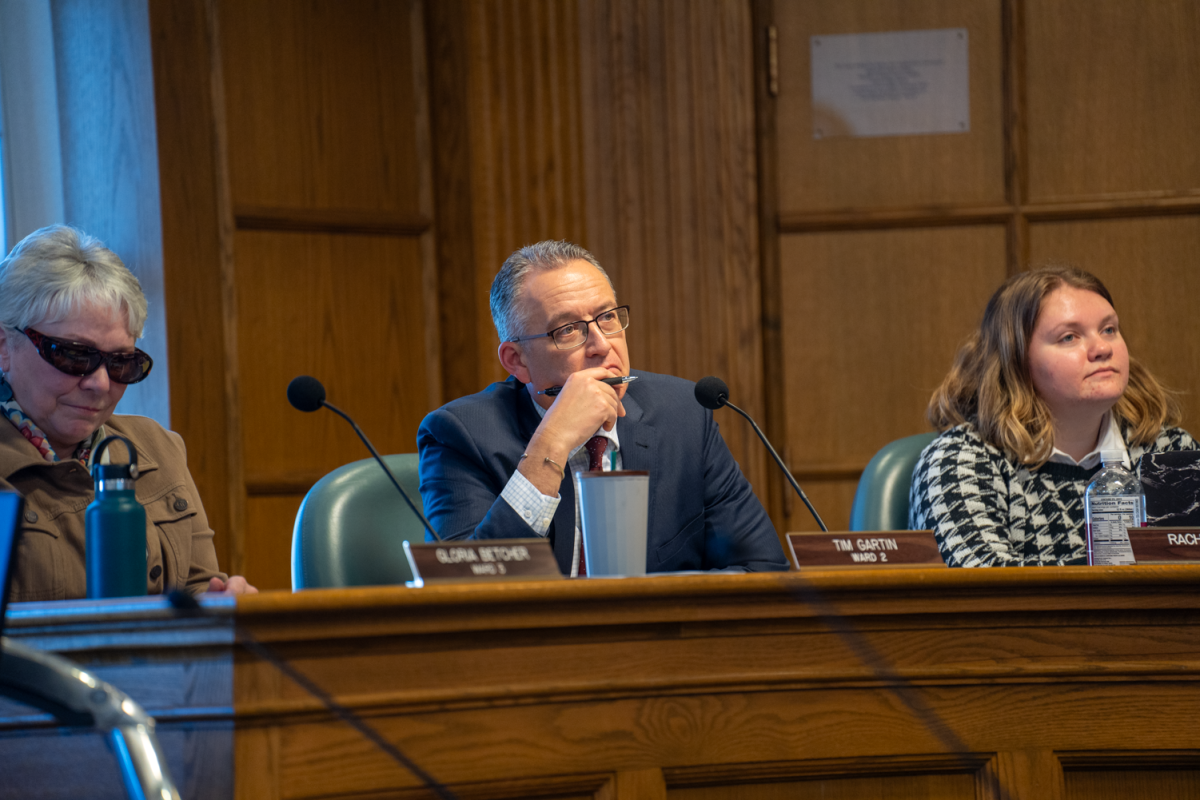Iowa State landscape architecture students have collaborated with the City of Ames Parks and Recreation Director Keith Abraham to provide the city with plans for a newly acquired piece of land that is poised to become the city’s largest park.
Hans V Klein-Hewett, a professor in landscape architecture, said this is a great example of the connections between the university and the community of Ames. He said the city also has a collaborative mindset on other projects like a community academy and redevelopment projects all around the city.
In September 2022, the City of Ames announced the purchase of a 50-acre plot of land between Ontario Street and Lincoln Way, located on the west side of town. The city also has the opportunity to purchase an additional 27 acres to the west of the first parcel of land in the future.
The students were asked to incorporate a concept design for their Landscape Architecture 301 class and have a cohesive design for if the city purchases the second parcel of land. Klein-Hewett said it was important for the plan to be concept-driven.
“What we asked the students to do was design the whole two parcels with the larger one function sort of being able to stand alone, but have it be concept-driven,” Klein-Hewett said. “So in other words, instead of just, ‘Oh, we want one of these,’ we wanted there to be a concept that drove the design and that’s generally how we teach landscape architecture.”
Abby Reakes, a third-year student in landscape architecture, said a few elements were important to her when considering their design for the park.
“Personally, for me, I want to see more wildlife area, and compared to Jester Park, I really like how they have restored the land but also made it something that people are able to view in a way that is accessible to everybody,” Reakes said.
One of the more prominent themes both professors and students emphasized was working on something that may be realized later on in life.
“I always try to have a community space project and I see engagement way up,” Caroline Westort, a professor in landscape architecture, said. “They care way more. They learn client management relationship-building skills. That was very much my intention. We, from the outset, talked about how we want to do that.”
Abby Nees, a third-year student in landscape architecture, said the opportunity to design something for the community is “really awesome.”
“Like, this is going to happen, and we’re going to be able to go to this park and bring our kids there and be like, ‘Oh, I actually designed something to go there,’” Nees said. “I feel like that’s a very powerful thing that we lose sight of.”
Reakes added that, in many ways, this project was more challenging than some she has worked on in the past.
“I also think it made it more difficult because a lot of projects are like, ‘Oh, I’m not the biggest fan of this, but it’s not going to affect me,’” Reakes said. “But this one, you’re like, ‘What if somebody doesn’t like this, or people really like this and want more of it?’ There’s just so many things to think about because your opinion is a lot different than others.”
Nees added that there is not much consistency of opinions from the public.
“You would hear someone love one part of your project and someone hates it,” Nees said.“It’s completely all over the place.”
Westort said they contacted Abraham to see if there was interest in collaborating after reading a news article about the land purchase in the Ames Tribune.
“[Abraham] came and made a presentation about the history and the city’s interest and intentions and then he met us on site when the studio started,” Westort said.
Klein-Hewett said some students decided to push the limits, which he said is oftentimes one of the points of landscape architecture.
“The more that we can actually challenge the public and challenge clients about what projects need to look like and shouldn’t be done, that means that we’re going to be pushing the profession,” Klein-Hewett said. “We’re not just sort of accepting the profession as what it is. We’re actually going to be pushing and making sure the profession grows and continues to evolve over time.”
Westort said this project is just one example of a collaboration between the College of Design and communities across Iowa. She pointed to one specific example, where the City of Newton had 7 million square feet of state-of-the-art office space that was completely vacant after Maytag, an American appliance company, left the city in 2007.
The city of Newton had a green space and did not know what to do with it, Westort said. They had contacted The Partnering Learning and Community Engagement program on campus and they assigned fifth-year students to the task due to the complexity of the project.
Additionally, Westort said that initially, the city did not know what the students could really offer but Newton ended up adopting many aspects of the student’s designs, both on the site as they wanted and in other parts of the city as well.
“The point is, the city will tell you, they never thought of many of the ideas that they ended up implementing,” Westort said. “There’s a splash pad in there somewhere and they didn’t even know what a splash park was and then we had this pedestrian walk that connected all those – I didn’t know landscape architects did that kind of thing – And there’s lighting.”
Westort added this experience was eye-opening for her, as she previously was employed at a private institution where there was not the same type of land grant ethic. She said that it was a truly meaningful experience for her, as even alumni came back to tell her how important the project was to them.
Both Klein-Hewett and Westort said they would like to start collaborating more often with other departments on campus.
“We think this kind of thing could be even more interdisciplinary,” Westort said. “I would welcome collaboration with […] others, from agriculture, engineering, sociology, [and] from extension.”


